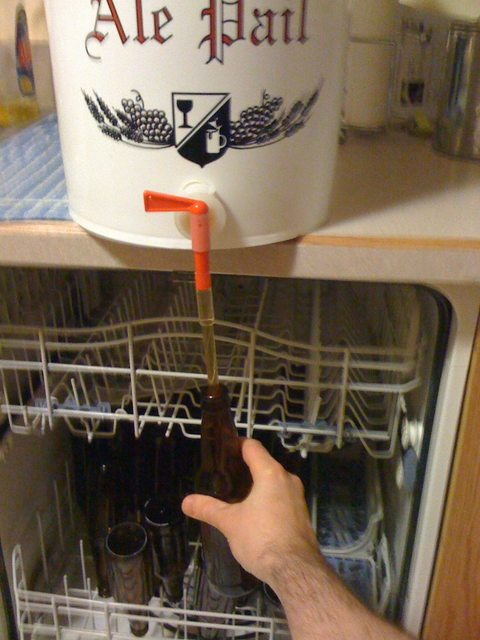I have a problem with rapid loss of hop aroma (hop smell). I bottle beers without a closed system and without filling the bottles with CO2 (hose and bottle filler from the bottom to the top of the bottle), which naturally carbonize for about three weeks, and then I transfer the bottles to the refrigerator where they stand for another week before I start drinking them. When I start drinking the beer, I feel a fairly strong hop aroma and smell from the glass. However, after just a week, this aroma decreases significantly and soon almost completely disappears.
I know that this could be a problem with oxidation, but I do not have other negative effects of oxidation such as color change (darkening) or change in taste even after several months in the refrigerator. I only lose aroma, primarily hop smell. Although APA/IPA are not my primary styles, I would like to keep the hop aroma longer.
I tried putting a few pellets of hop aroma in the bottle a few days before I intend to drink it and the aroma is really strong, but it is very "green" and not very pleasant.
Is there any way to retain the hop aroma for a longer period without a closed CO2 bottling system?
I know that this could be a problem with oxidation, but I do not have other negative effects of oxidation such as color change (darkening) or change in taste even after several months in the refrigerator. I only lose aroma, primarily hop smell. Although APA/IPA are not my primary styles, I would like to keep the hop aroma longer.
I tried putting a few pellets of hop aroma in the bottle a few days before I intend to drink it and the aroma is really strong, but it is very "green" and not very pleasant.
Is there any way to retain the hop aroma for a longer period without a closed CO2 bottling system?



















![Craft A Brew - Safale S-04 Dry Yeast - Fermentis - English Ale Dry Yeast - For English and American Ales and Hard Apple Ciders - Ingredients for Home Brewing - Beer Making Supplies - [1 Pack]](https://m.media-amazon.com/images/I/41fVGNh6JfL._SL500_.jpg)







































